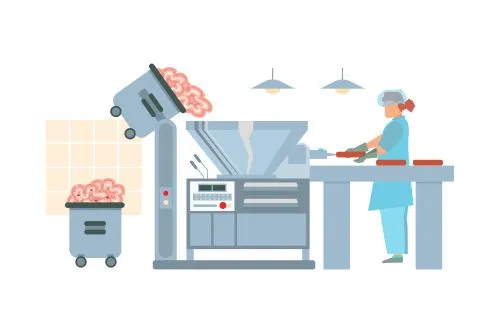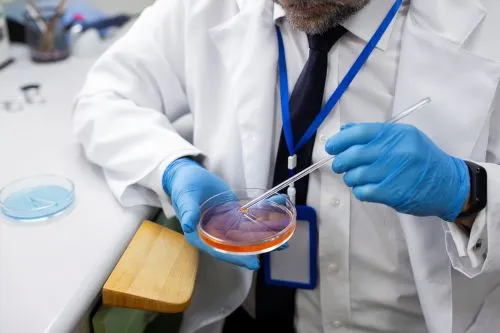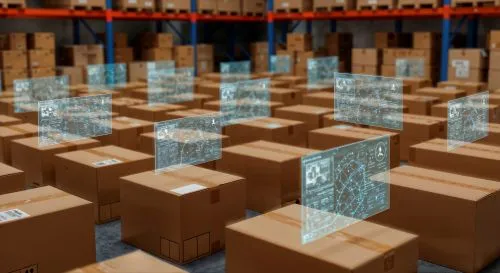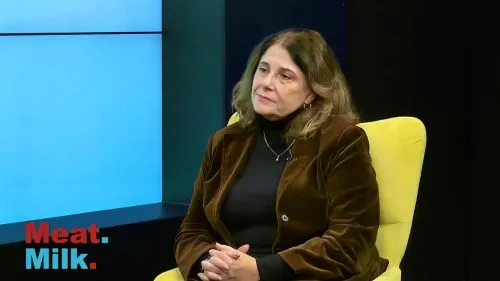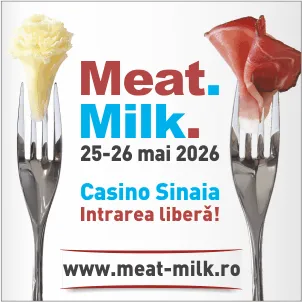404
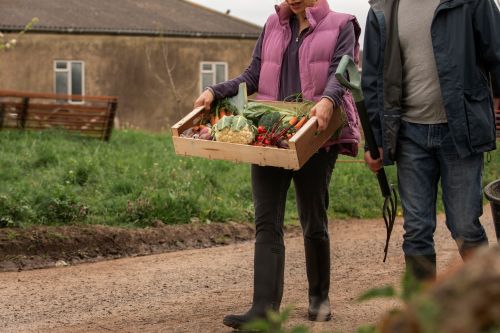
Romania Holds One of the Largest Agricultural Areas in the EU and a Strong Potential for Food Processing
Romania possesses one of the largest agricultural areas in the European Union and a significant potential for food processing; however, capitalizing on this advantage depends on the country’s ability to integrate and modernize its production chains. In a regional context where food security and sustainability are becoming priorities, Romania can position itself as a strategic agri-food hub for Southeastern Europe.
According to the European Commission (DG AGRI, 2025), Romania ranks among the top five EU member states in terms of potential for expanding agri-food processing, yet only 30% of locally produced raw materials are processed domestically. To achieve integration, the EU supports investments in logistics infrastructure, cold storage facilities, and regional distribution centers.
Data from INS (2025) show that Romania’s agri-food exports exceeded €11 billion, up 14% compared to the previous year; however, 65% of these exports consist of primary products. Meanwhile, imports of processed goods continue to grow, highlighting the urgent need to develop domestic processing capacities.
According to FAO (2024), Romania has one of the largest reserves of arable land in the region — over 8.2 million hectares — and the economic efficiency of its farms could double through digitalization and cooperation.
The World Bank (2025) estimates that, by modernizing irrigation and processing infrastructure, Romania could achieve a net agri-food surplus exceeding €3 billion annually by 2030. In the same direction, the Ministry of Agriculture and Rural Development (MADR), through the National Strategic Plan (PNS) 2023–2027, finances investments in processing units, collection centers, and short supply chains, strengthening the industrial base of the sector.
Eurostat (2025) data confirm the steady growth of Romanian agricultural productivity, particularly in livestock farming and dairy processing. However, the lack of modern logistics infrastructure remains a major obstacle to realizing the country’s full regional potential.
Romania has all the prerequisites to become a regional agri-food hub — strategic geographic position, natural resources, and agricultural expertise. What will determine the direction forward is how these advantages are transformed into added value, through a coherent strategy and smart investments.
(Photo: Freepik)
